Gravel ride essentials checklist
Getting ready for a gravel adventure? Here are the essentials to pack for a gravel ride
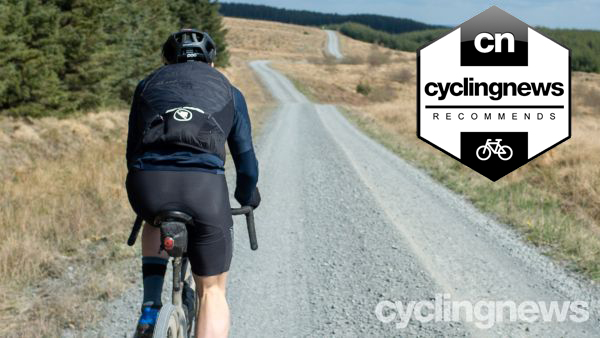
Best gravel bikes: Fun and fast adventure bikes for your next off-road ride
Should I buy a gravel bike? The pros and cons
Gravel bike clothing guide: the best kit for gravel riding
Gravel week on Cyclingnews
It's no surprise that gravel riding has become more popular, with roads getting busier gravel trails are beckoning riders to opt for peaceful scenic routes away. A break from hustle and bustle to instead explore new routes that would be otherwise unsuitable for a 25mm tyre.
Much of what's needed to be prepared for a gravel ride is the same as what you would take on your average road ride however there are some extra considerations to be made. Unlike road rides where you are likely to pass through towns and villages on a somewhat regular basis, the remote nature of gravel means that there is more of an onus to be self-sufficient.
With the possibility of no helpful road signs, emergency shop stops or mid-route train stations, you could be out in the countryside fending for yourself if something goes wrong. One of Alex Howes' 10 gravel riding tips was to be prepared, so to that end, here is Cyclingnews’ must-have checklist for gravel riding.
Essentials for every gravel bike ride
1. Jacket and additional layers
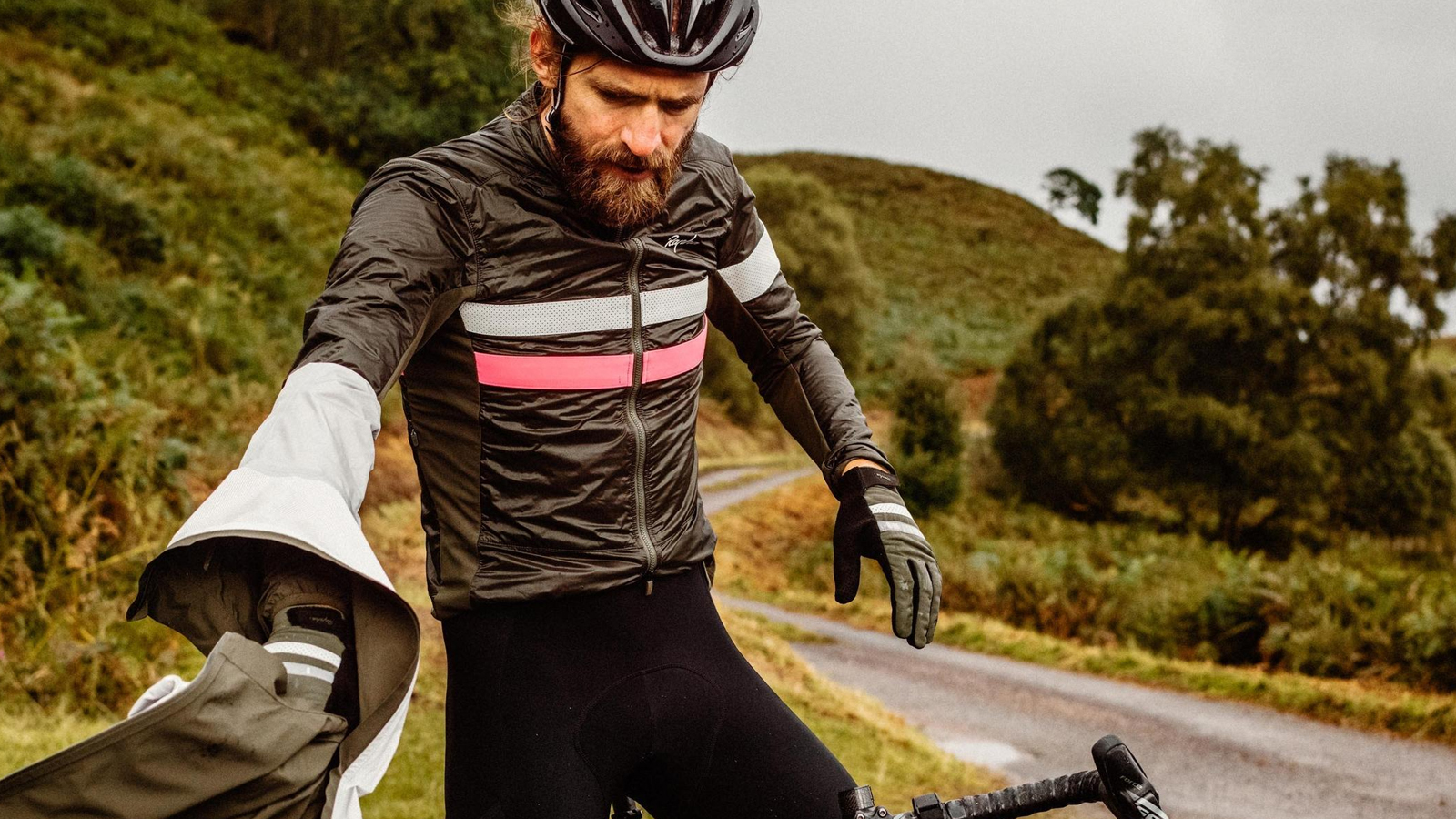
It should be no surprise that, unless you live in a perfect climate, it’s going to rain or get cold every now and then. A high-quality waterproof cycling jacket with taped seams is at best going to help see out a shower with a smile on your face and at worst potentially be a lifesaver if caught out in a very remote area. Short or local rides with promising weather reports may not require a jacket but for long or remote excursions it should be considered a necessity.
Additional layers are really dependent on the length of ride and weather but there is little harm packing a pair of arm warmers, gloves or a buff as a minimum to add a bit more warmth to your regular gravel bike clothing choice.
2. Pumps, tubes, plugs and repair kits
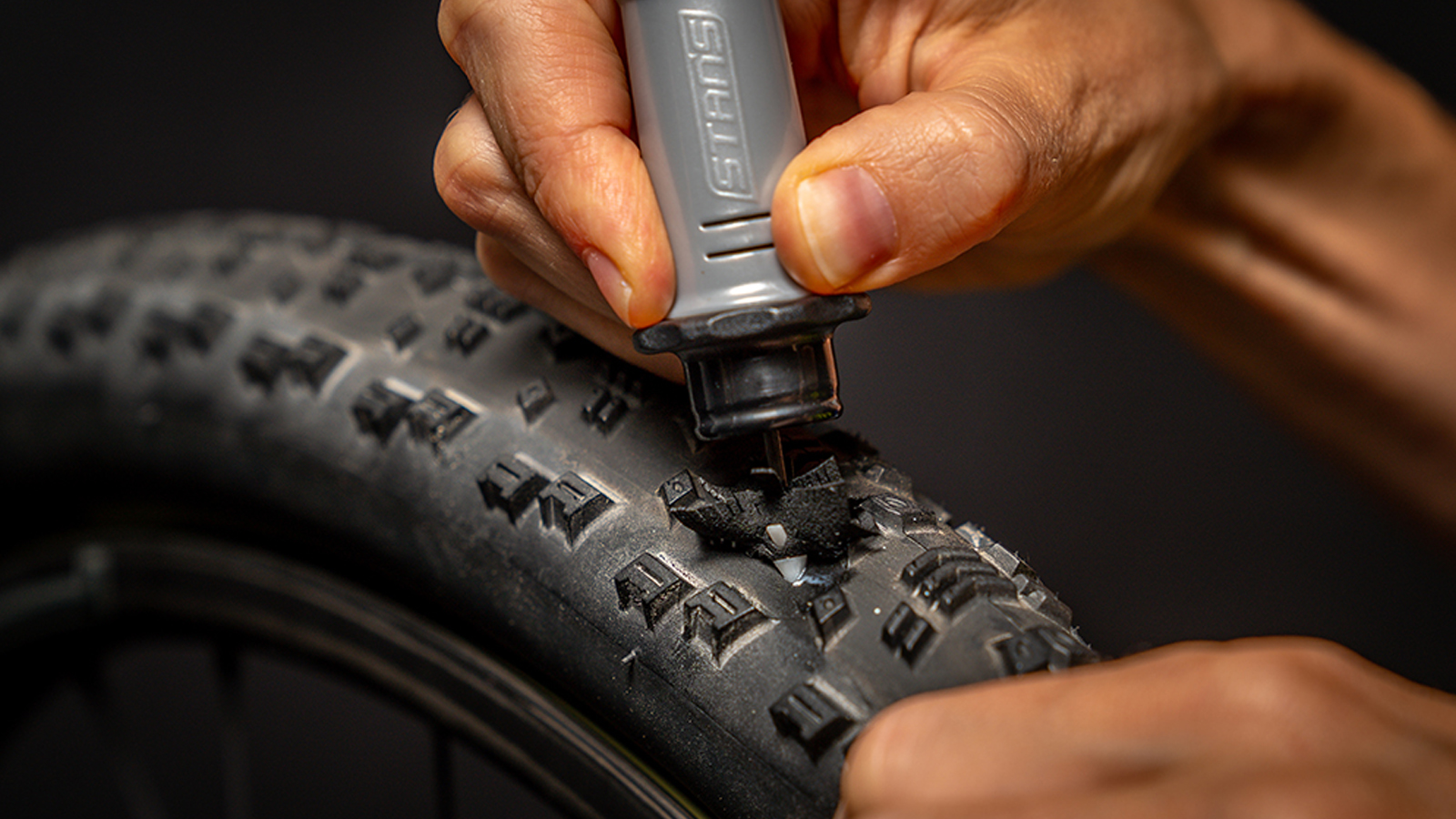
Not all gravel trails are the same, some are smooth dusty ribbons while others are entirely made from razor-sharp flint. Whatever the surface, punctures are an eventual probability, especially when tyre pressures are dropped for added grip and comfort or line choices become worse as bodies get weary.
Tubeless gravel tyres have done a lot to help ward off the threat of pinch flats, cuts and holes but sometimes there are punctures that even the most viscous of sealants can’t plug. Tyre pluggers such as Dynaplug or Stans Darts can repair holes in tyres and are a fast and effective solution to puncture repair although we would still recommend carrying a spare tube. A method of inflation such as CO2 or a hand pump is also needed, although CO2 is only really preferable in a race situation. Of course, don't forget your tyre levers.
Get The Leadout Newsletter
The latest race content, interviews, features, reviews and expert buying guides, direct to your inbox!
We like to stash a small patch kit and a tyre boot as well for the very unlucky days of plentiful punctures. Whether you choose self-adhesive or traditional glued patches, they will always be there when most needed. It might be unpleasant sitting at the side of the trail patching a hole in a tube but it’s guaranteed to be better than walking home.
3. Tools
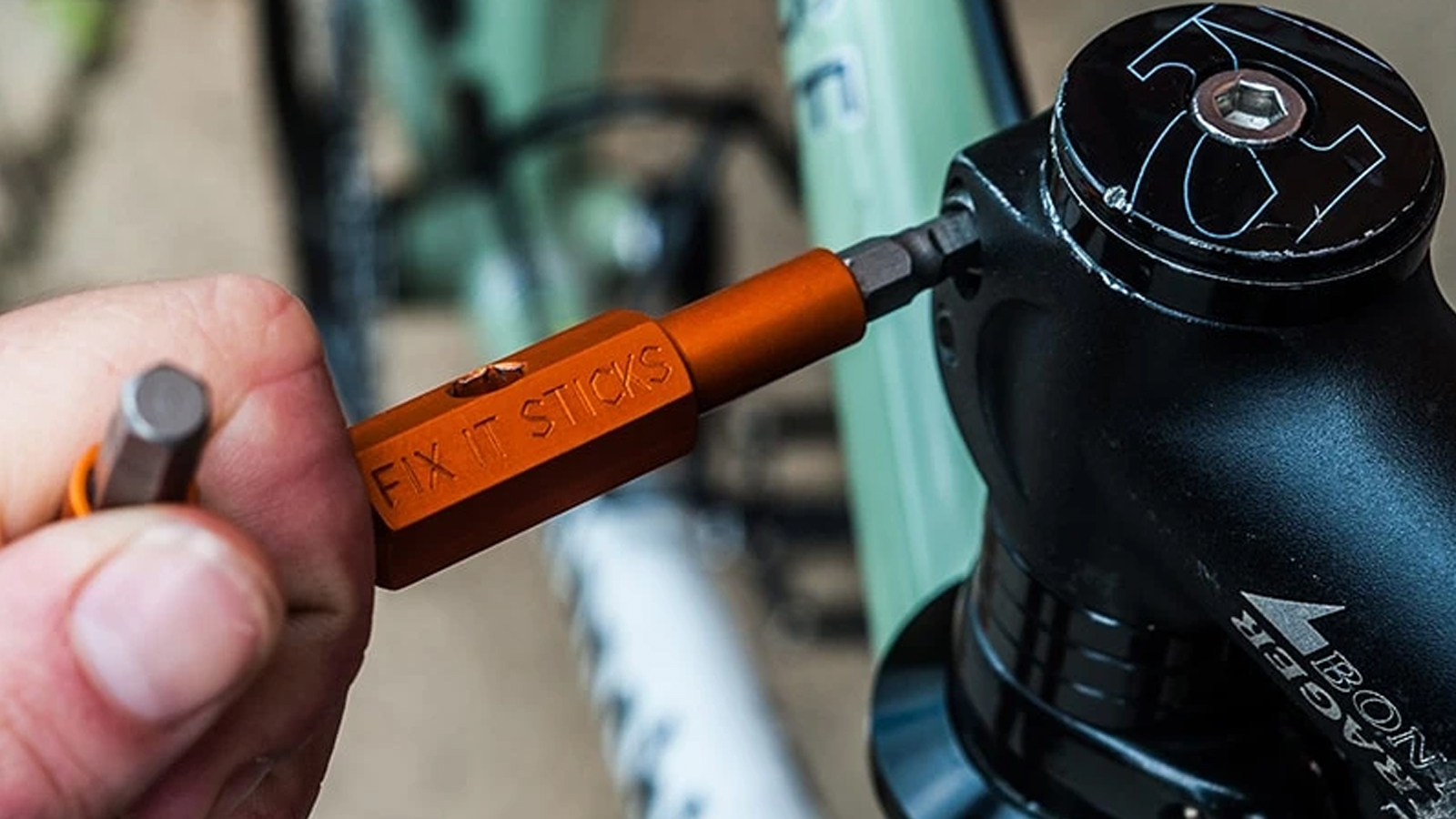
Another absolute essential is a multi-tool, gravel riding can be hard on a bike and the likelihood of mechanicals is much higher than on a road ride. A tool with the essential hex keys (or Torx if you need them) is a minimum, however, we would recommend looking for one with additional features such as a chain breaker and spoke keys. Multitools come in many different styles from the classic swiss army fold-out design to tools that have ratchets and t-handles for easier use and better leverage.
4. Food
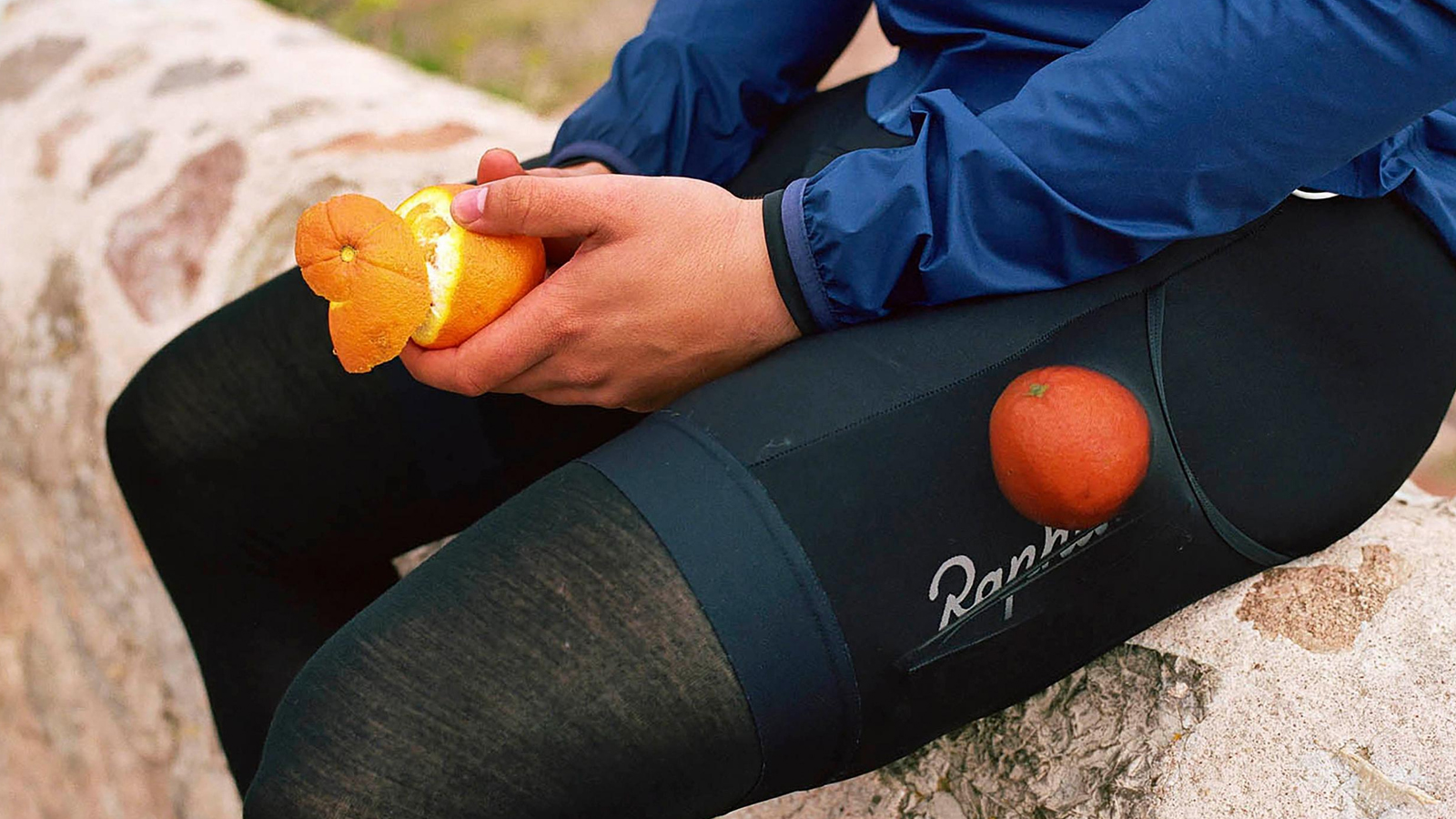
Cycling nutrition can be a tough one to get right and fuelling a ride properly often combines personal preference, experience and practice. However, if you already have a dietary routine for road riding, this is a good place to start. Don't forget that road miles may not necessarily translate to gravel miles as difficult surfaces and potential for extreme gradients will affect progress and energy exertion. We would recommend packing a little extra food for safe measure.
Don’t forget water as well, are there resupply options en route? Will two bottles be enough for your ride? Many gravel bikes come with an option of a third cage under the downtube or mounting cages on the forks as well. Alternatively, a bladder could be used in a backpack or frame bag for even more capacity.
5. GPS device
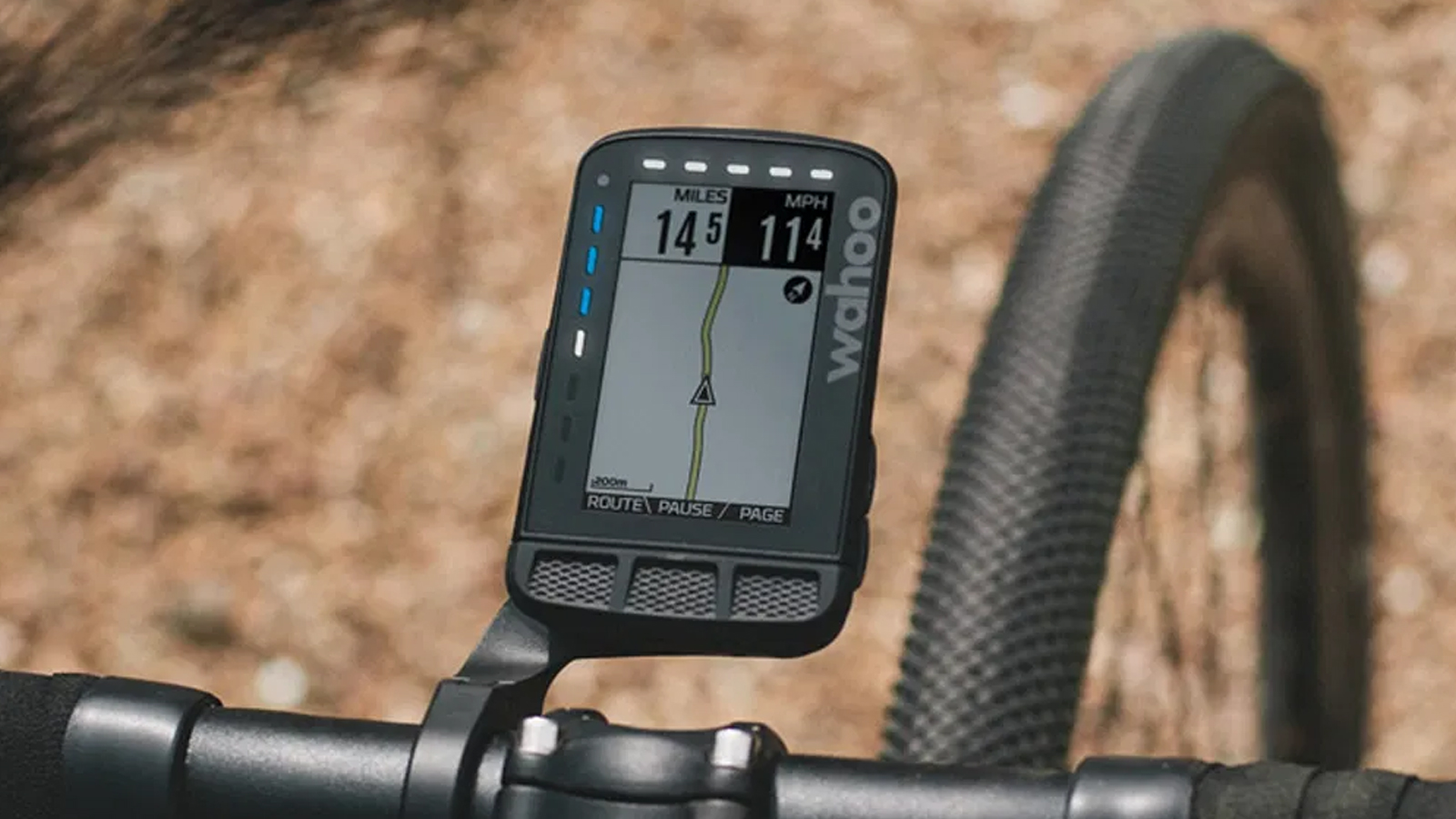
While a dedicated GPS cycling computer may be more of a luxury than essential, they are a valuable tool when out on a ride. Directions to avoid wrong turns in areas where there may be unmarked or faint turn-offs as well as offering alternative rerouting functions. Using a GPS rather than relying on a phone also helps preserve battery in case of emergencies. We recommend a device that has mapping stored on the device so that it’s always available.
6. Storage
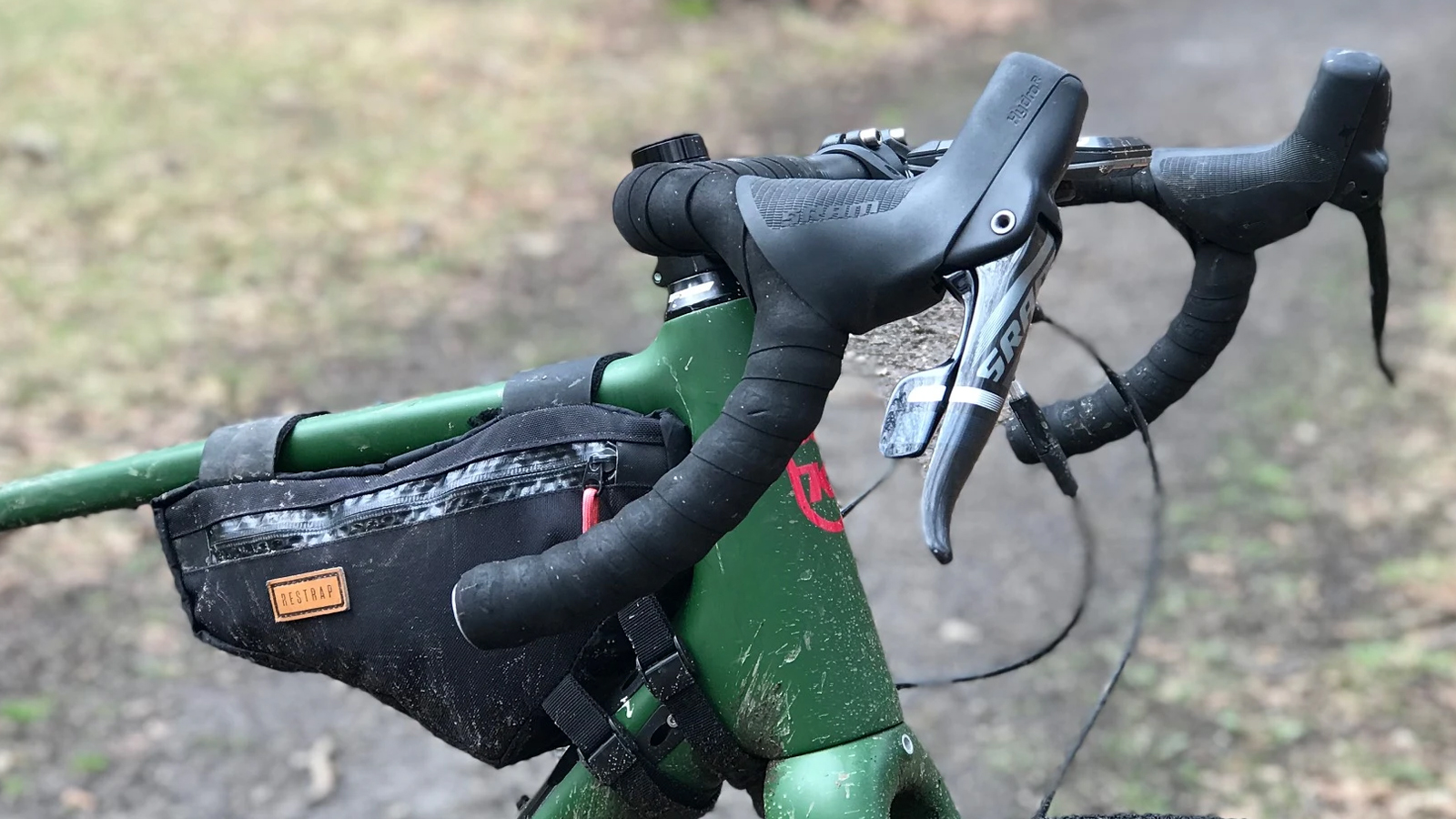
If you are reading this you're probably wondering how you are going to fit everything in your jersey pockets. Investing in some additional storage will take the strain from your jersey pockets and help spread the load. Depending on how much stuff you need to carry, there are plenty of options such as bikepacking bags or a saddlebag.
Frame bags offer streamlined storage and keep items easy to reach while on the move. A small saddlebag can offer some dry storage on wet rides or a bar bag is perfect for a little extra storage at the front of the bike. Even a strap, like the ones made by Voile which are very popular with mountain bikers, allow items like innertubes or a jacket to be securely attached to the bike to free up a little pocket space. Another option is to use cargo-style bib shorts which add pockets to the thighs and lower back, perfect if you need a little extra space from some snacks or to keep a camera handy for documenting those golden gravel moments on Instagram.
- Best cargo bib shorts: Cycling shorts for gravel and adventure riding
- Best cycling shorts: Brilliant bib shorts ridden and rated
7. Emergency items
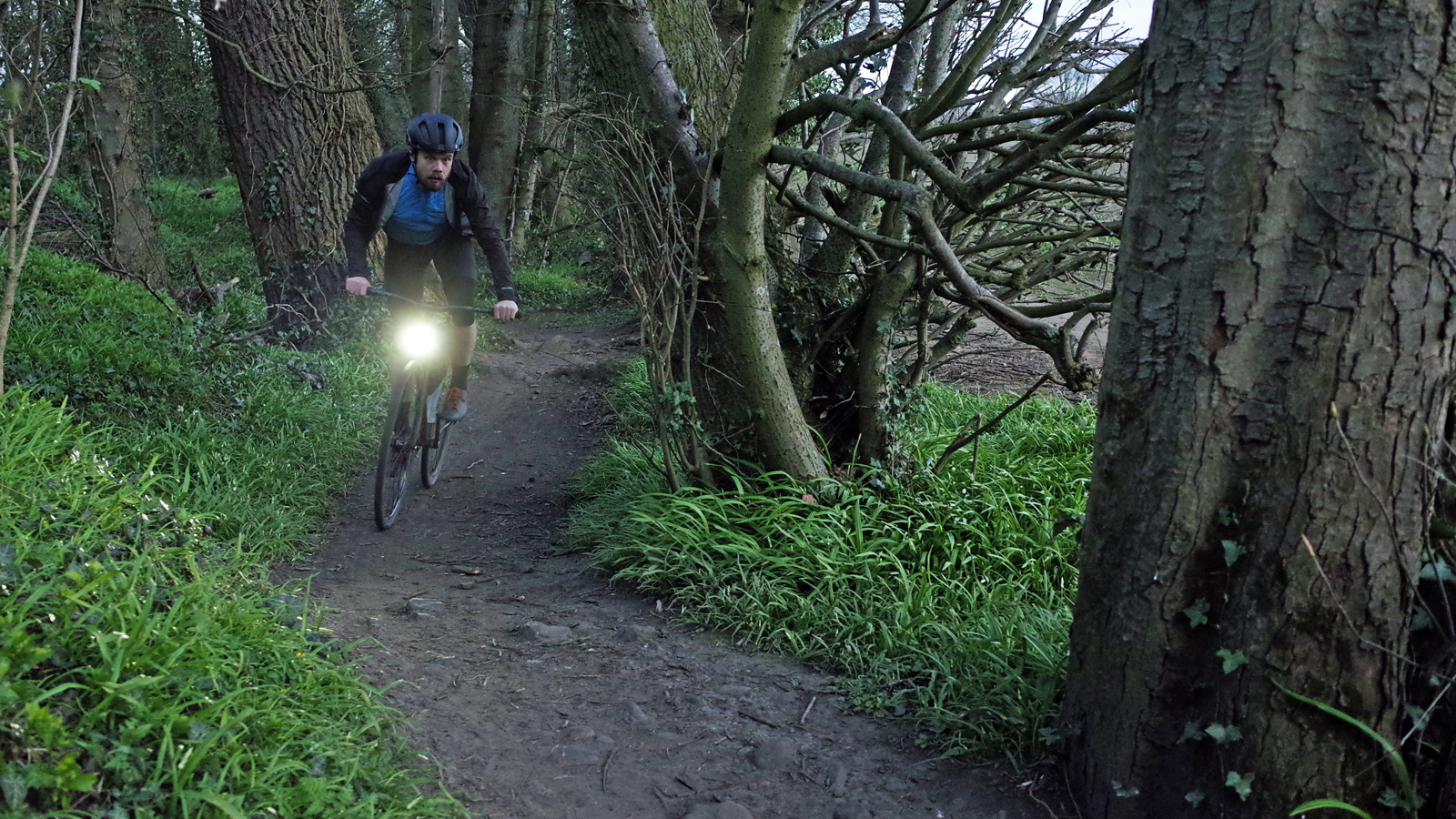
It is prudent to pre-plan your actions should something go wrong mid-ride. This can be as simple as taking note of surrounding bailout options, escape routes or shops should something go wrong on your route. Phone signal might not be reliable so making these plans before the ride saves time and stress should you need to make an alternative plan.
Mechanicals and unexpected road conditions can dramatically slow progress. Additional items such as extra clothing, survival blankets, first aid kits and bike lights are all worthwhile considerations, especially if riding in cold weather or in areas that you don't know. A small ziplock bag with some wet wipes is also worth tucking in a frame bag when going out for a long ride, if needed you will be very glad to have them.
If you already have a collection of essentials it’s worth checking their condition pre-ride to ensure that they are serviceable and are the correct tools and spares for your bike. After all, there is no point having spare brake pads if they don't fit your bike.
8. Luxury items
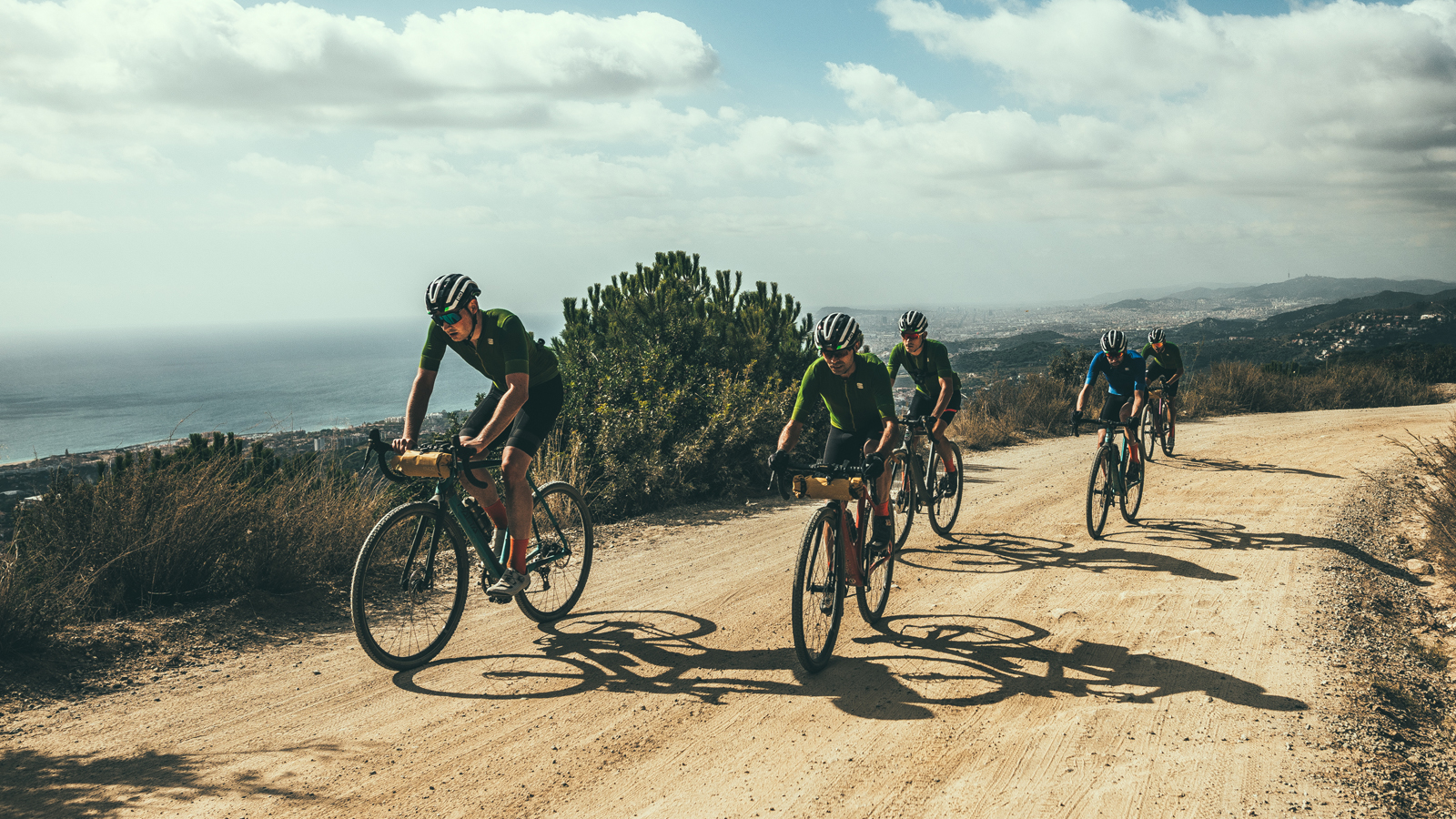
Are luxury items essential? Not really. Is having fun essential? Absolutely. So if stopping mid-ride for a tranquil coffee outside or to swim in a river makes a day out more fun then do it. Not all rides need to be a high octane experience and sometimes travelling slower will help you get the most from your gravel adventure.
Graham has been part of the Cyclingnews team since January 2020. He has mountain biking at his core and can mostly be found bikepacking around Scotland or exploring the steep trails around the Tweed Valley. Not afraid of a challenge, Graham has gained a reputation for riding fixed gear bikes both too far and often in inappropriate places.